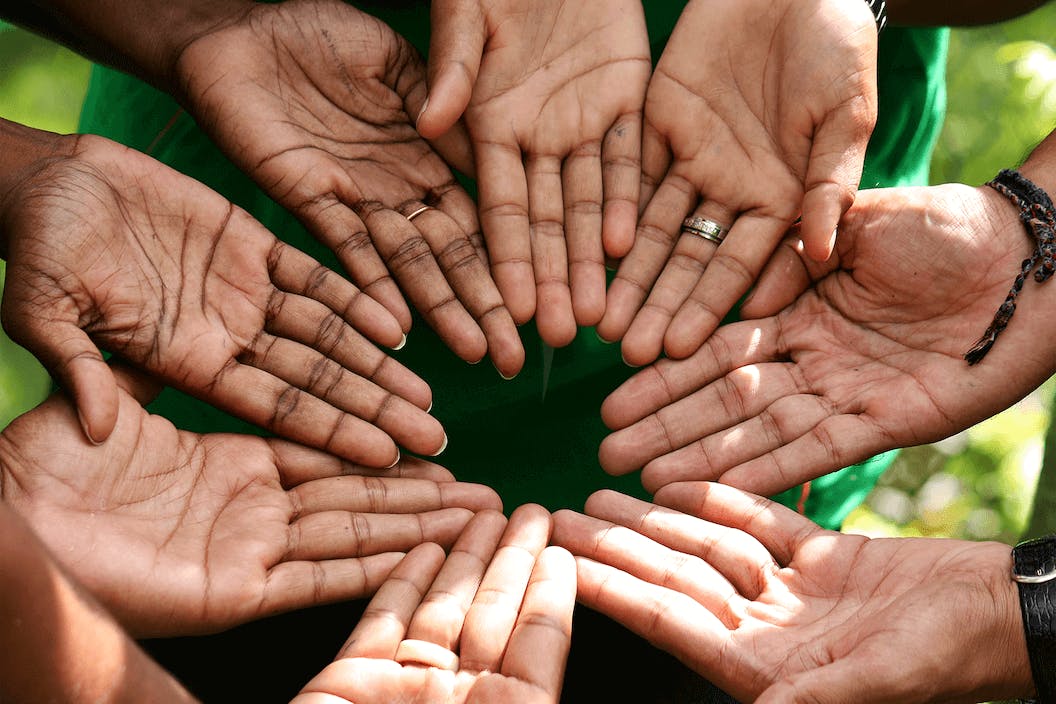CARE

Challenge
Drawing more global media attention to under-reported humanitarian crises
Do you know what the people of Madagascar are at risk of?
If your answer is no, unfortunately, you aren't alone.
In 2019, there were about 40 humanitarian disasters around the world, classified as crises, that affected more than one million people each. Sadly, the world hasn't heard of many of them.
As the Media Consultant at CARE, Ninja Taprogge is tasked with changing this by informing journalists and the public about the work of CARE and to solicit support. Ninja organizes media trips for CARE projects in the Middle East, Africa and the Balkans, writes statements on current developments in humanitarian aid and develops campaigns to spark interest including studies, events or digital content.
"The goal of this report is for CARE to contribute to a discussion between politicians, journalists, the humanitarian community and the wider public. Together, we should aim to raise awareness of people in need, make the delivery of aid more efficient and be better prepared for crises and disasters."
Ninja Taprogge, Media Consultant at CARE
Solution
Partnering with the global leader in Media Intelligence to compile our Annual Report
In order to determine how many and which humanitarian crises occurred in 2019, various sources were analyzed including the humanitarian data portals, Reliefweb and ACAPS, but also data collections by CARE. As in previous years, the CARE team decided to have only those humanitarian crises that affected over one million people analyzed by Meltwater. This resulted in a list of 40 crises for 2019, including Syria, Venezuela and the Democratic Republic of Congo. The top 10 of the report are the ten countries for which Meltwater measured the least media coverage for.
"Suffering In Silence" is released simultaneously in the USA, Canada, Germany, Austria and other European countries. Under the hashtag #sufferinginsilence, CAREalso calls for sharing of the study on social media - the more people show their solidarity via Twitter, Instagram and Co. the more attention created.
Summary
What is your vision for future studies at CARE and how do you assess the development in terms of content?
With this report, CARE wants to contribute to a discussion between politicians, journalists, the humanitarian community and the wider public. Together, we should aim to raise awareness of people in need, make the delivery of aid more efficient and be better prepared for crises and disasters. The report has developed continuously in recent years. This year, for example, we also analyzed the Arabic and Spanish-speaking media markets for the first time. We hope to be able to expand the report even further in the future. Our goal is to get younger people in particular, thousands of whom are now working worldwide, to improve climate protection, excited about humanitarian issues. Together we can achieve more.
— Ninja Taprogge, CARE